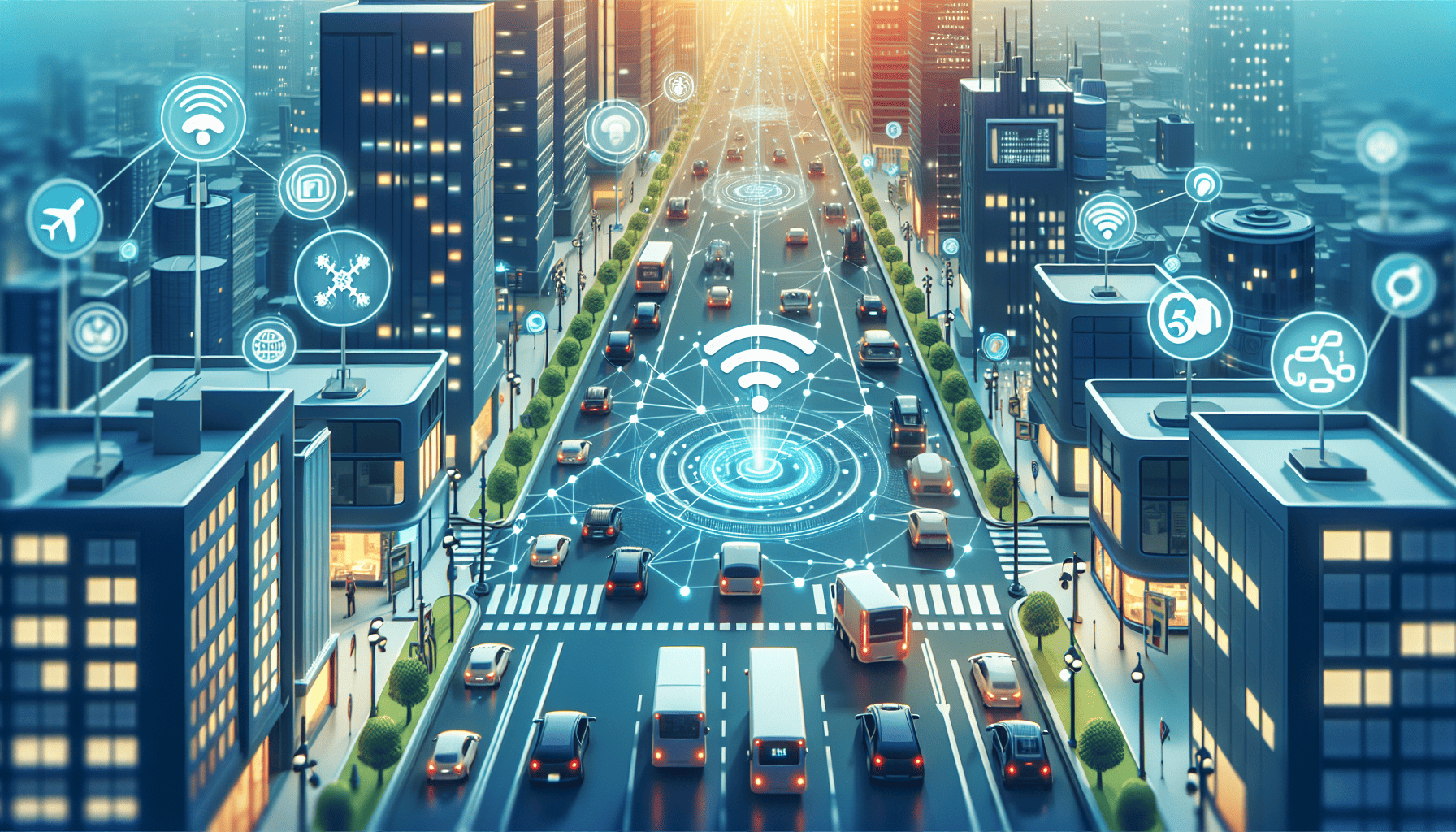The advent of 5G technology marks a revolutionary shift in the landscape of connectivity, promising a future where lightning-fast internet speeds and seamless communication become the norm. This next-generation network is poised to unlock a plethora of opportunities across industries, redefine user experiences, and play a pivotal role in shaping the Internet of Things (IoT) and smart cities.
One of the foremost benefits of 5G technology is its remarkable increase in data transmission speeds. While previous networks like 4G ushered in mobile broadband and supported media streaming and video conferencing, 5G surpasses these benchmarks by offering speeds up to 100 times faster. This significant boost not only reduces latency – the delay before data begins to transfer – but creates virtually instantaneous connectivity, unleashing potential for new applications and services that require real-time data processing and interaction.
Enhanced network speed is accompanied by an increased capacity to connect more devices simultaneously. This is particularly pivotal for IoT, an ecosystem where devices communicate and operate autonomously. 5G technology provides the vast bandwidth necessary for supporting the billions of devices expected to join the network in the coming years. From home appliances and wearable technology to industrial machines and autonomous vehicles, the enhanced connectivity ensures a stable and efficient flow of data across myriad devices.
Another advantage of 5G lies in its ability to facilitate network slicing. This capability allows operators to create multiple virtual networks within a single physical 5G infrastructure, each adaptable to the distinct needs of different applications or services. As a result, industries can now tailor network resources according to specific requirements, enhancing the efficiency and reliability of operations. For instance, a healthcare provider can establish a network slice optimized for telemedicine, ensuring high-speed, stable video communications crucial for remote medical consultations.
Moreover, 5G is a cornerstone in the development of smart cities. These urban ecosystems, designed to enhance quality of life through sustainable and efficient management of resources, rely heavily on interconnectivity. Smart cities harness 5G to implement real-time traffic management systems, smart grids, and waste management optimized by autonomous data-driven insights. This robust infrastructure will also support innovations in public safety with technologies like connected surveillance systems and emergency response communication platforms.
While the promises of 5G are significant, challenges do accompany this transition. Extensive infrastructure updates are necessary, with new base stations and small cells required to maintain high-frequency signals. Moreover, ensuring equitable access to this advanced technology presents a social hurdle. Bridging the digital divide – disparities in access due to geographic, socioeconomic, or demographic factors – is essential to maximize the benefits of 5G across populations globally.
In conclusion, 5G technology is a transformative force that is set to redefine connectivity as we know it. By elevating network speed, capacity, and adaptability, it acts as a catalyst for technological advancement and innovation. As 5G becomes increasingly integrated into the fabric of everyday life, it will indelibly impact sectors from transportation to healthcare, and redefine urban living through the evolution of the IoT and the realization of truly smart cities.
